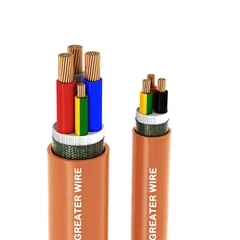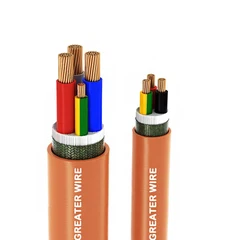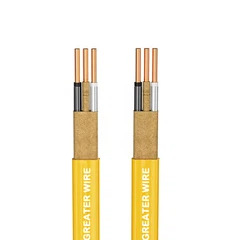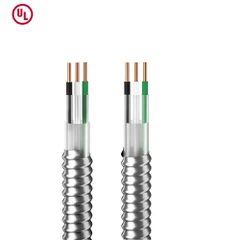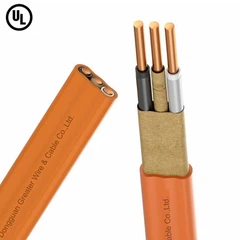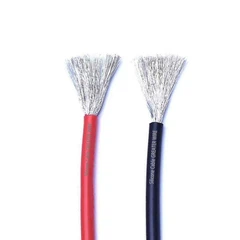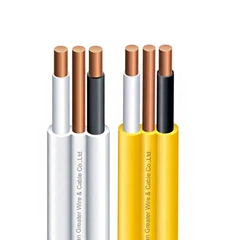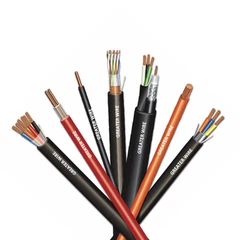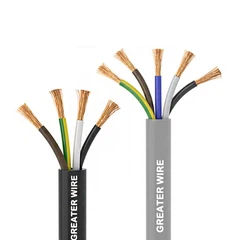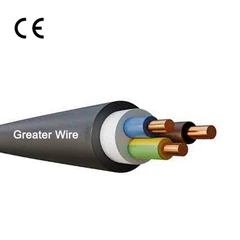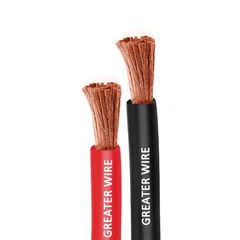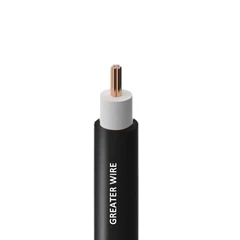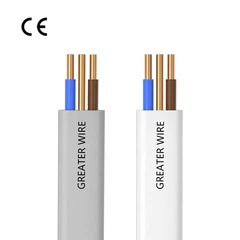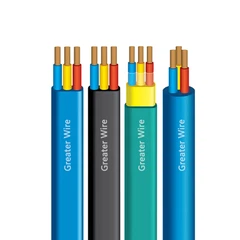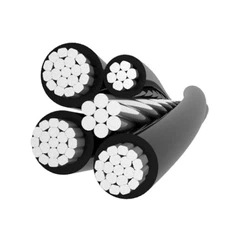In modern electrical installations, lighting plays a central role in both residential and commercial spaces. Choosing the right type of cable is essential not only for performance but also for safety and compliance with standards. While traditional fixed lighting wires have long been the default choice, many electricians and project managers now ask: Can flex cable be used for lighting? This article explores the characteristics of flex cables, their advantages and limitations, and compares them with conventional lighting cables to help customers make informed decisions.
Flex Cable and Its Flexible Characteristics
Flex cable is a multi-core electrical cable designed with fine-stranded copper conductors, making it significantly more flexible than standard solid-core wires. This flexibility allows the cable to bend easily around corners and through conduits without breaking, which is particularly useful in complex lighting systems. Compared with rigid wires or ordinary duty cord, flex cables are easier to handle, install, and maintain.

Traditional Wiring Methods for Lighting
Most lighting installations in Australia traditionally rely on rigid or semi-rigid cables, such as TPS (tough plastic sheathed) wiring. These cables are durable and widely used for fixed installations in ceilings, walls, and conduits. However, their limited flexibility can make installation more challenging in tight spaces. As lighting systems become more design-oriented and customized, there is an increasing demand for more flexible solutions, making flex cables an attractive alternative.
Installation Convenience and Flexibility in Lighting Applications
One of the major advantages of flex cable in lighting is installation efficiency. Flex cable can be cut, stripped, and routed quickly, reducing labor time on-site. It also adapts better to fixtures that require frequent adjustments or movement, such as pendant lamps, stage lighting, and temporary setups. Compared with heavy cords or rigid wires, flex cable offers improved maneuverability without compromising conductivity in light-duty applications.
Voltage Rating and Current-Carrying Limitations
From a technical standpoint, flex cable has certain limitations. Typically rated at 300/500V or 450/750V, flex cables are safe for most lighting systems but may not match the higher ratings of heavy duty electrical cable (0.6/1kV). Current-carrying capacity also varies with cross-sectional size, meaning larger installations may require traditional heavy duty cord or fixed wiring to prevent overheating. Understanding these parameters is crucial to avoid misuse and ensure long-term safety.
Safety and Suitability: Flex Cable vs Conventional Lighting Cable
| Aspect | Flex Cable | Conventional Lighting Cable |
|---|---|---|
| Flexibility | High – easy to bend and install | Low – rigid and less adaptable |
| Voltage Rating | 300/500V or 450/750V | Typically 0.6/1kV |
| Current Capacity | Adequate for small/medium loads | Higher capacity for large loads |
| Durability | Suitable for moderate handling | Better for permanent fixed use |
| Applications | Lamps, movable fixtures, stage setups | Permanent ceiling/wall wiring |
This comparison shows that while flex cables bring convenience, traditional lighting cables provide stronger durability and capacity. The choice depends on the application.
Where Flex Cable Is a Suitable Choice for Lighting
Flex cable is a practical option for lighting in specific scenarios:
Movable or adjustable lighting fixtures such as pendant lamps and decorative lights.
Stage, exhibition, and event setups requiring temporary or frequently relocated wiring.
Compact spaces where rigid cables are difficult to install.
However, for permanent installations with higher loads, ordinary duty cord or heavy duty electrical cable may be more suitable. Following local standards and installation guidelines ensures both safety and compliance.
Greater Wire & Cable – Delivering Quality Flex Cables for Lighting
At Dongguan Greater Wire & Cable Co., Ltd., we understand that lighting systems require cables that balance safety, flexibility, and efficiency. Our products are manufactured using advanced production equipment, including international-standard drawing, extrusion, stranding, and sheathing lines. Every flex cable undergoes strict quality inspection to ensure compliance with AS/NZS standards.
We provide 24/7 online support to quickly respond to customer inquiries and technical consultations. With multiple logistics options-express, air, sea, and land transport-we guarantee fast and reliable delivery to meet project timelines. Whether you require small quantities for custom lighting projects or bulk orders for commercial installations, we provide flexible solutions tailored to your needs. With Greater Wire & Cable, you gain a trusted partner for both ordinary duty cord and heavy duty cord applications in Australia.
📞 Contact Us Today:
Dongguan Greater Wire & Cable Co., Ltd.
Tel/WhatsApp/Wechat: +86 135 1078 4550 / +86 136 6257 9592
Email: manager01@greaterwire.com

